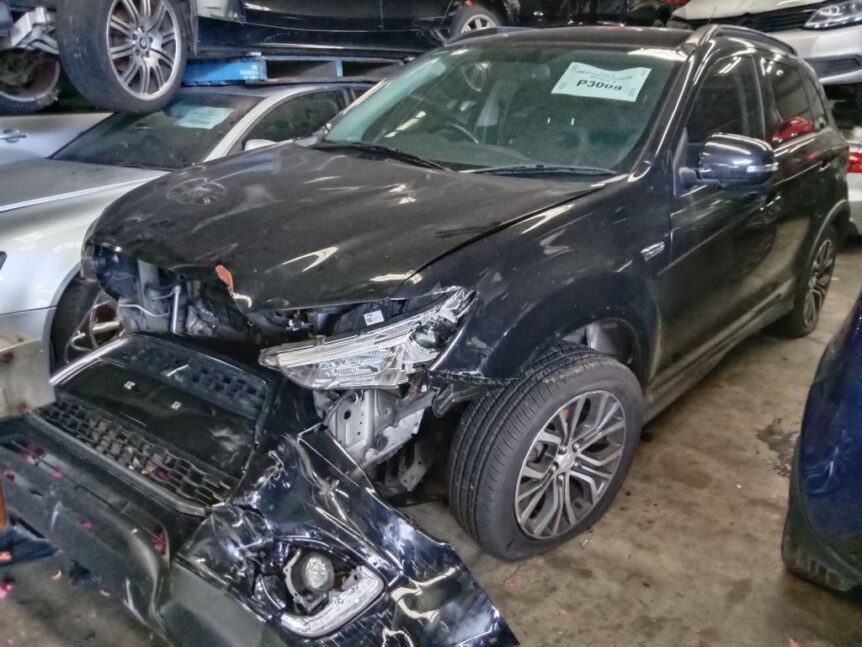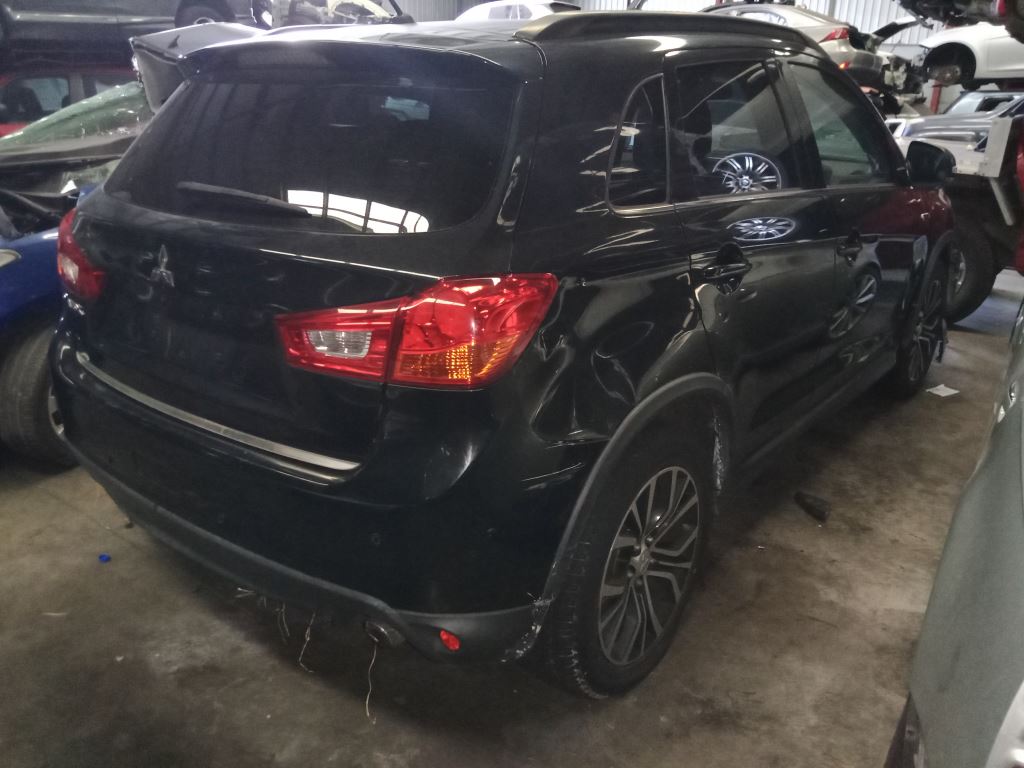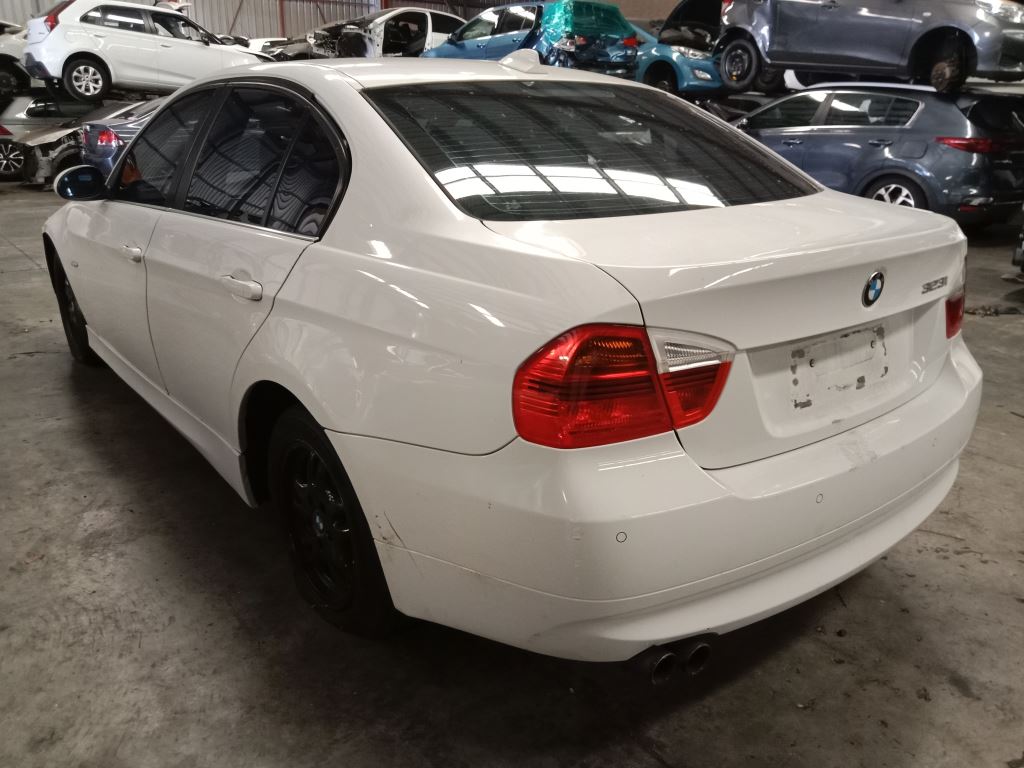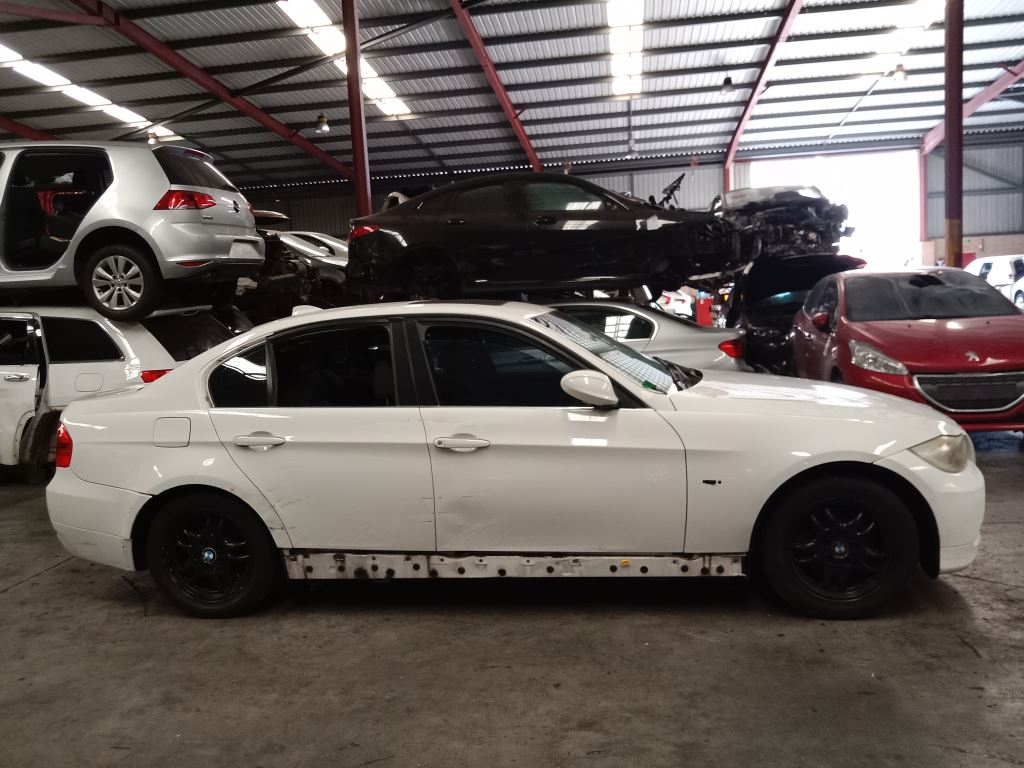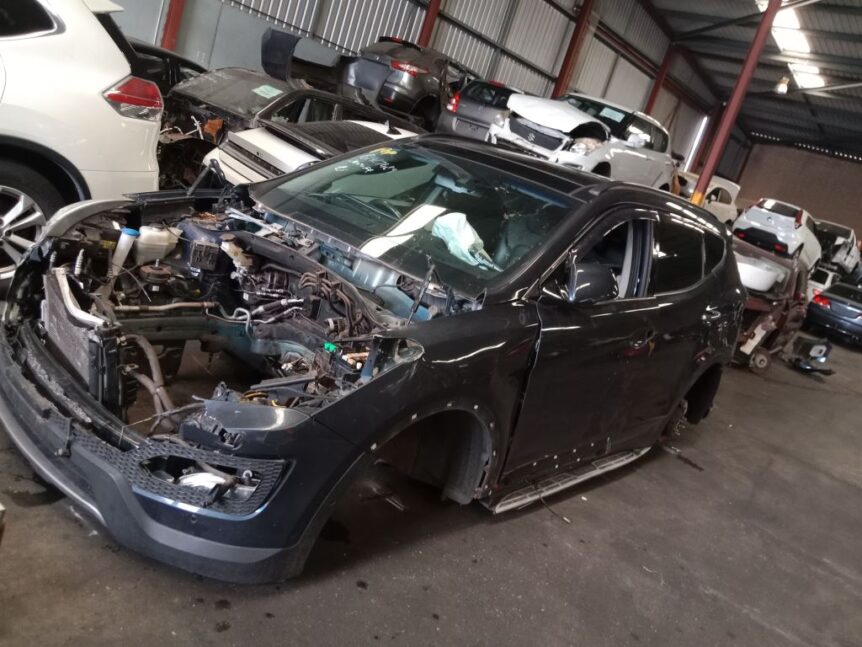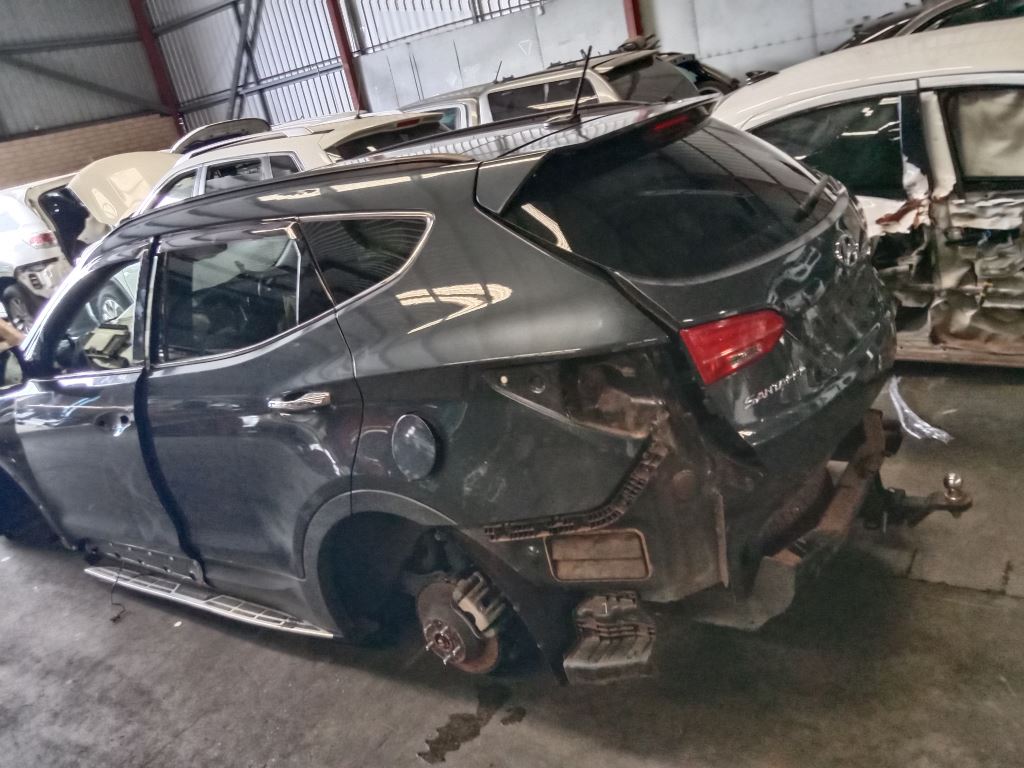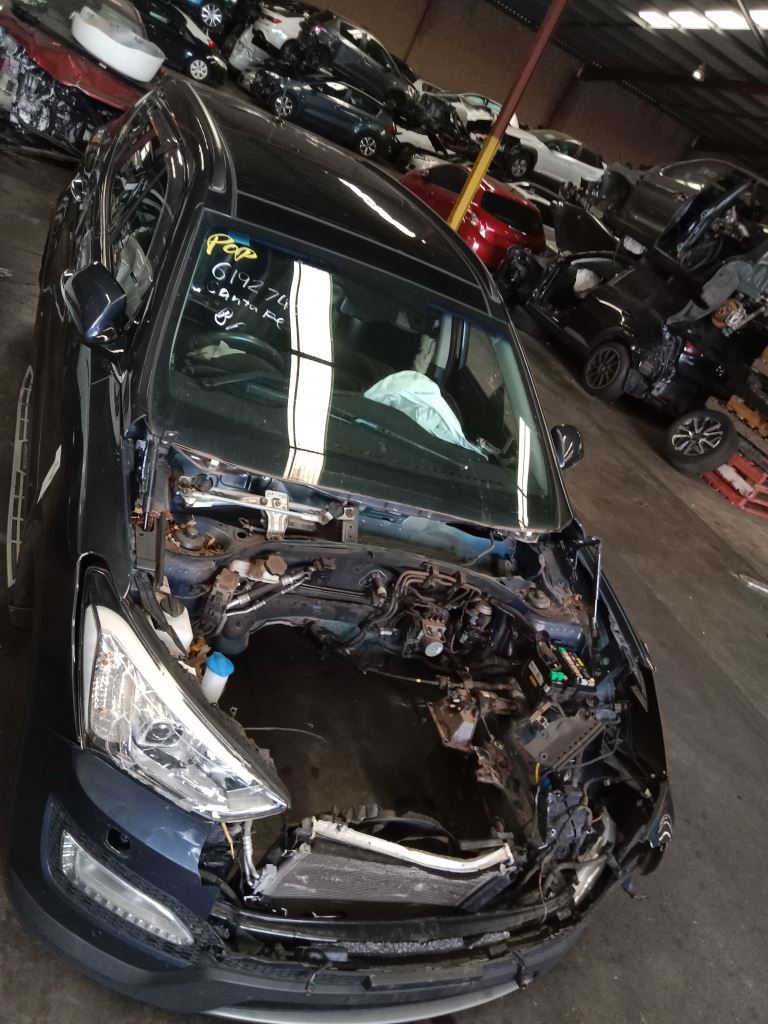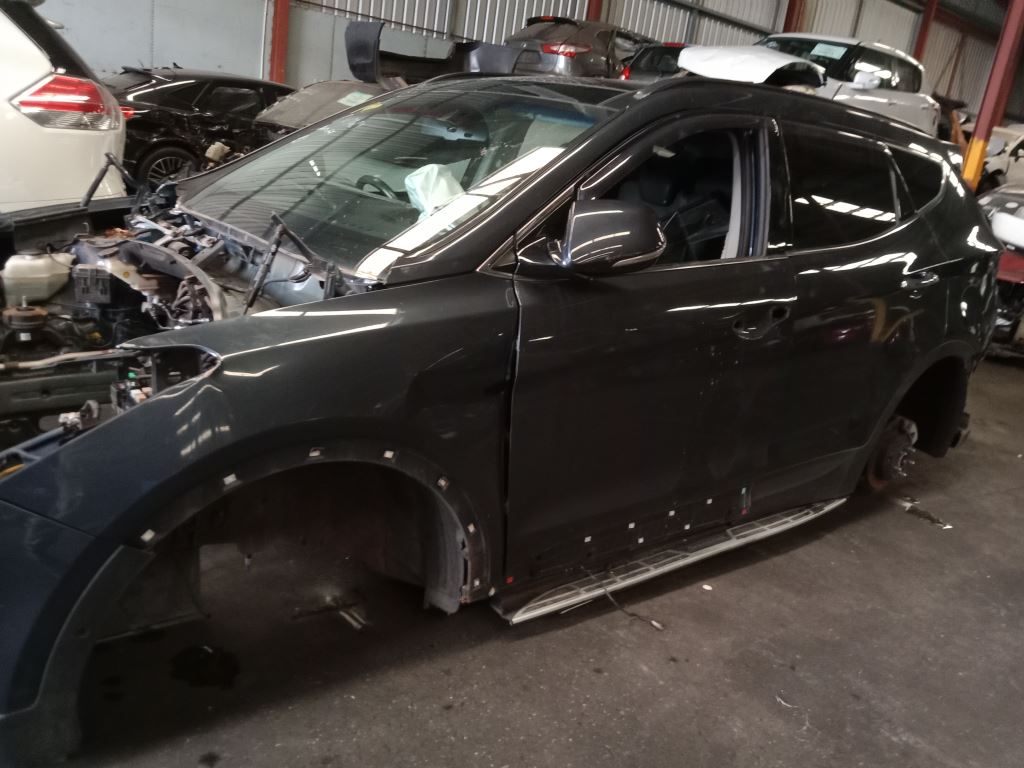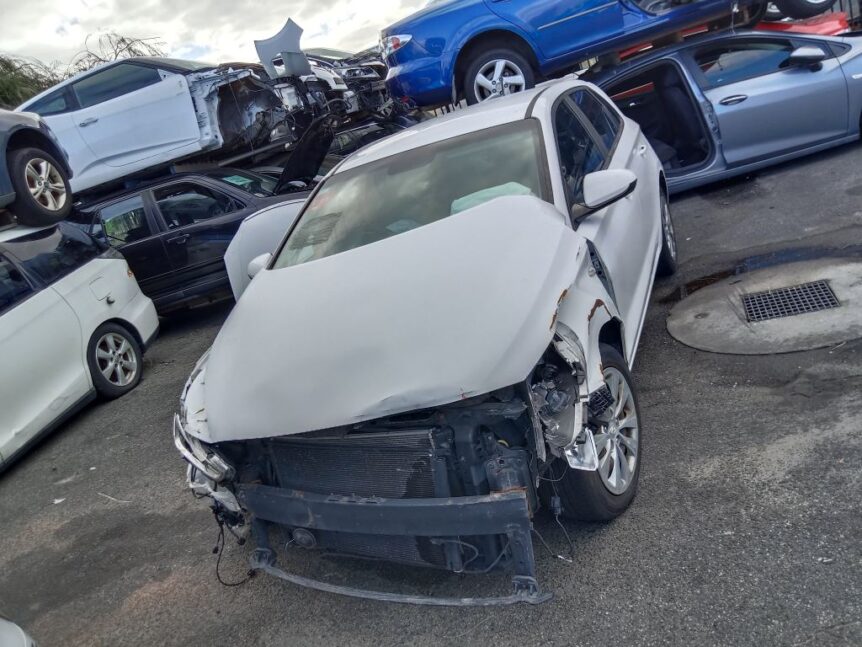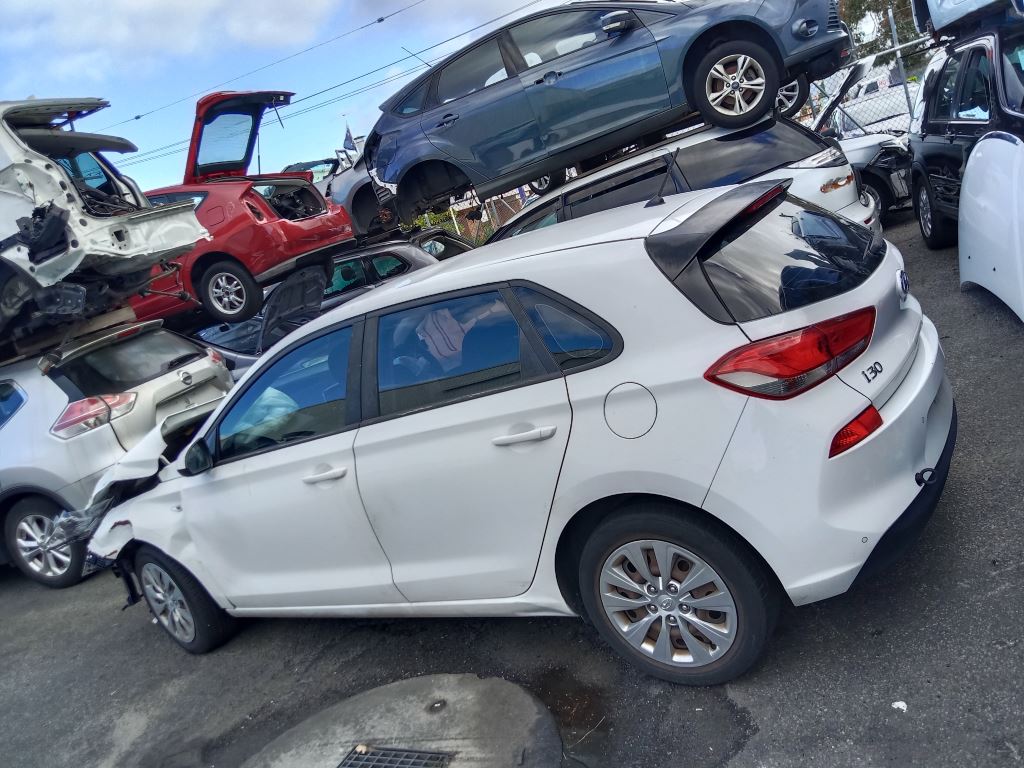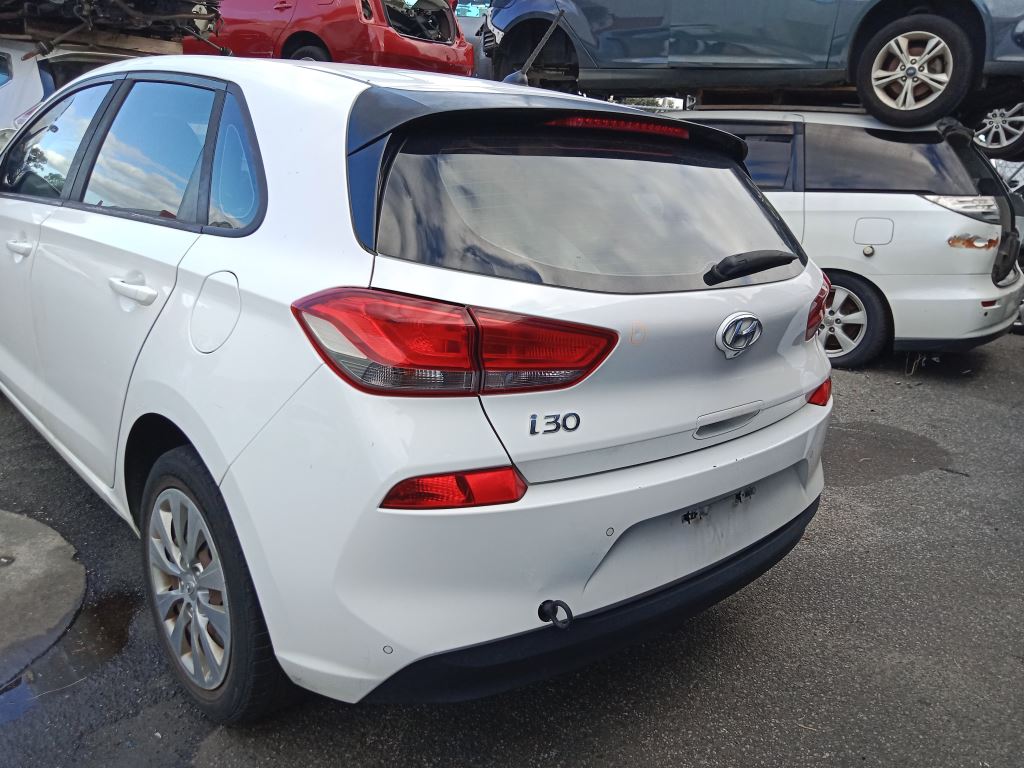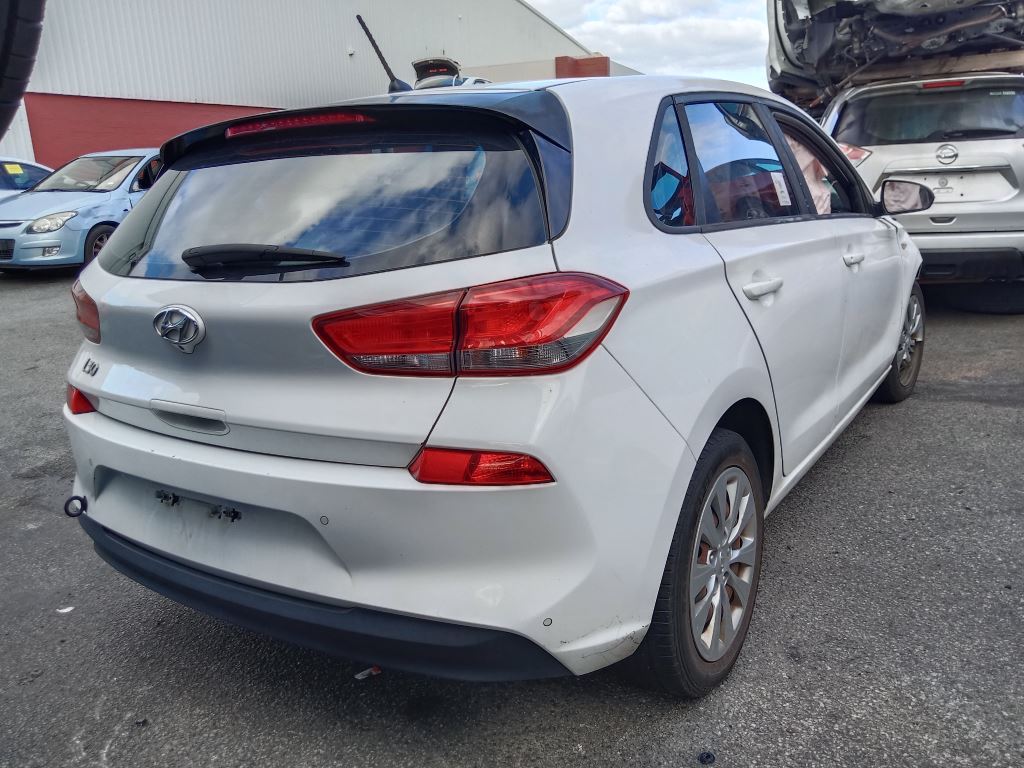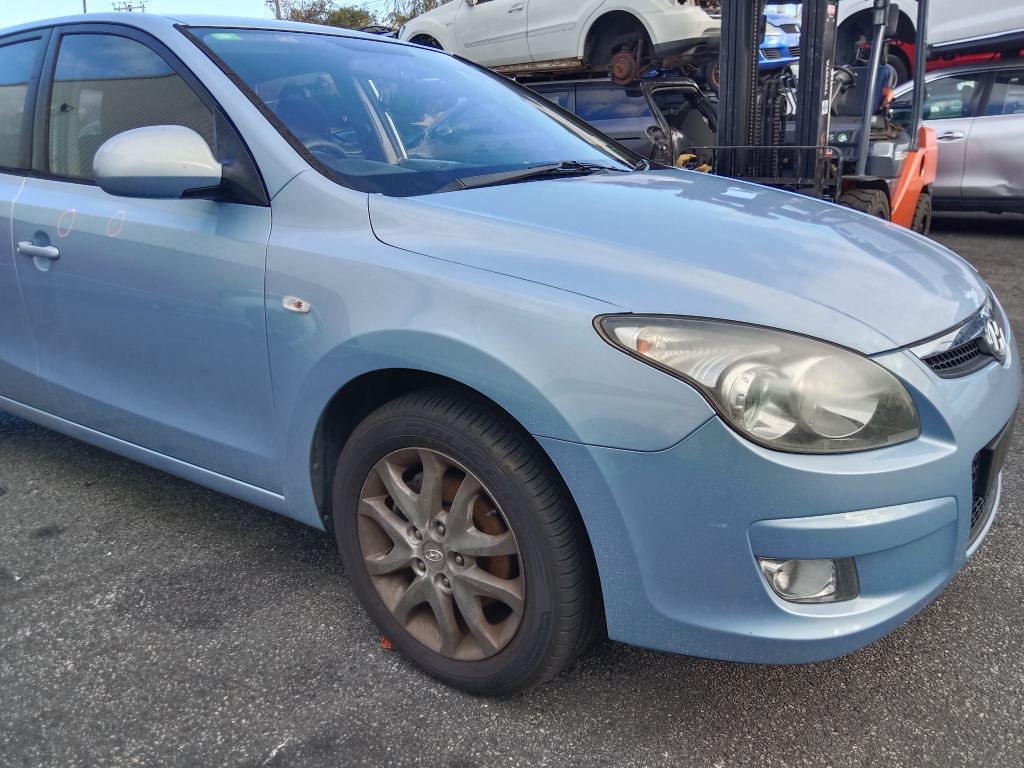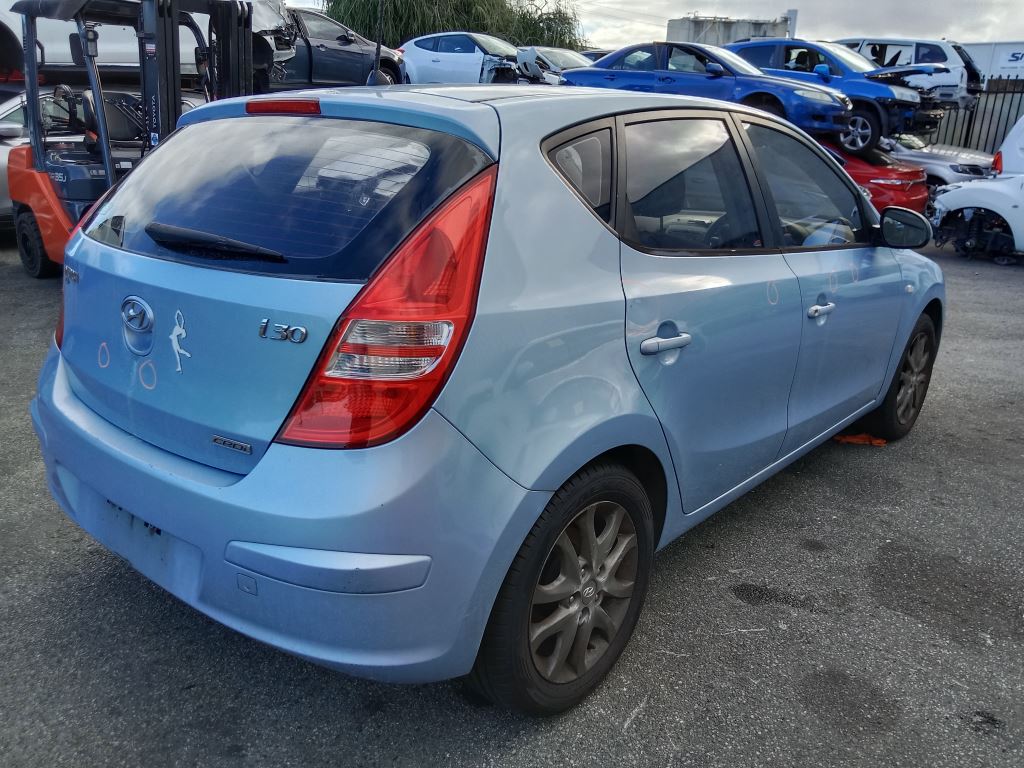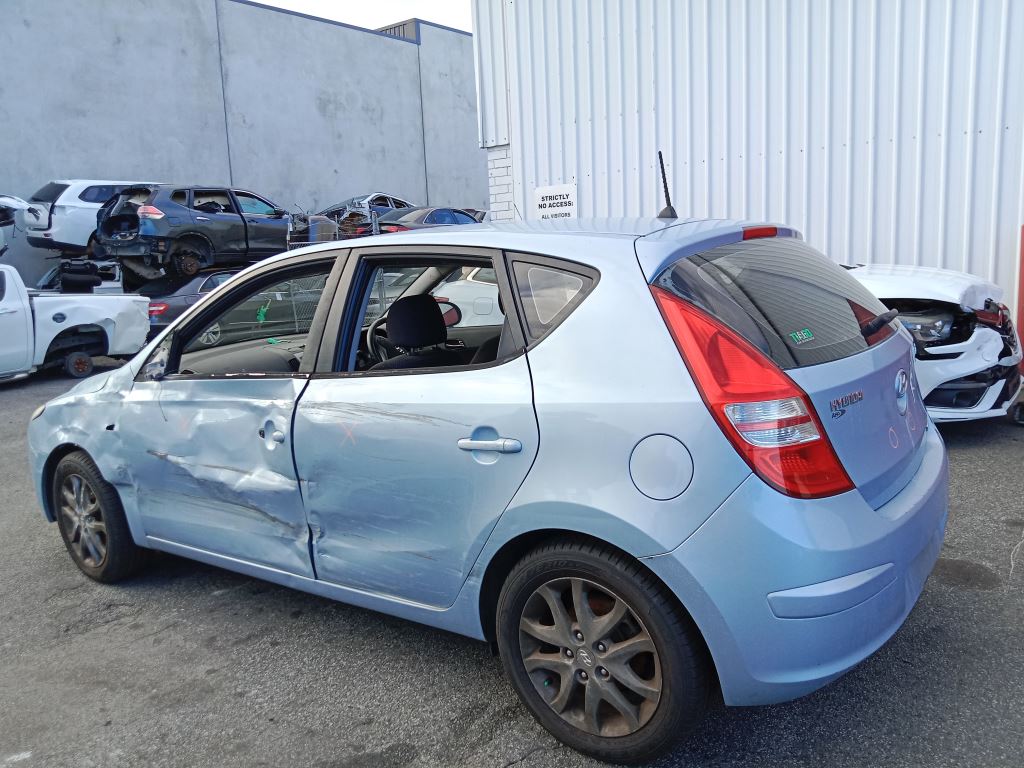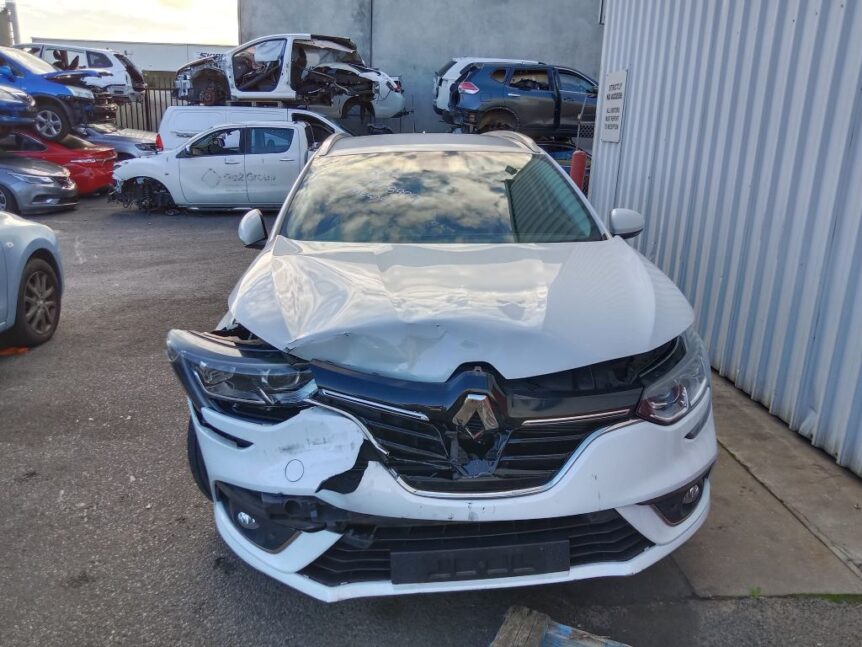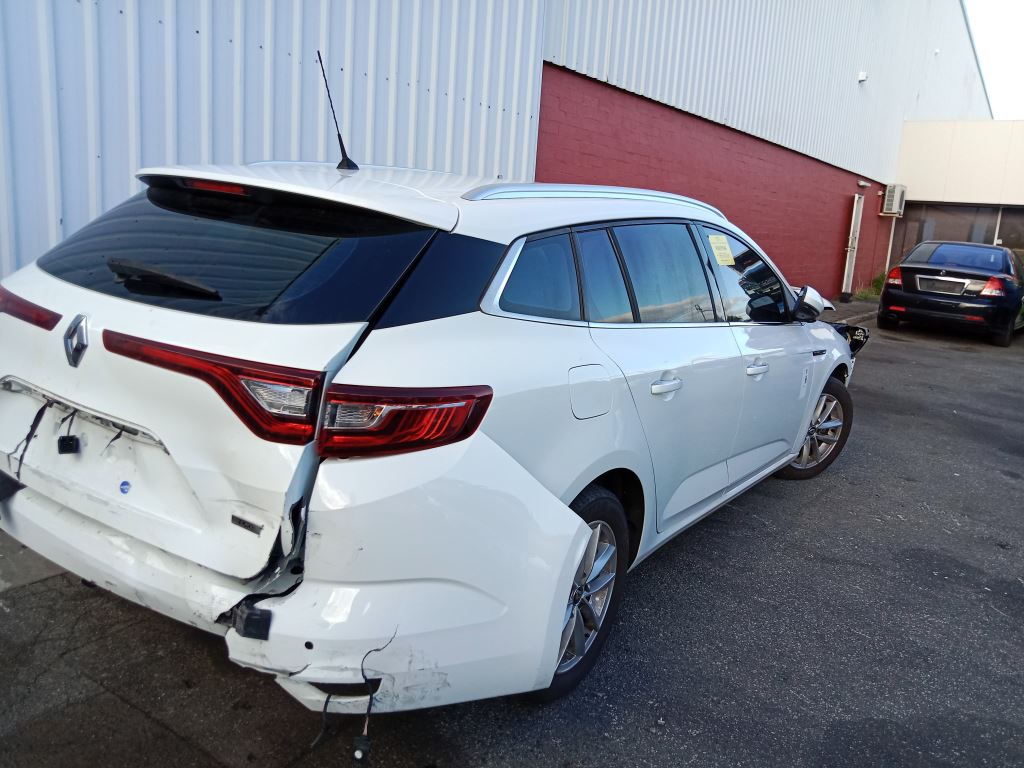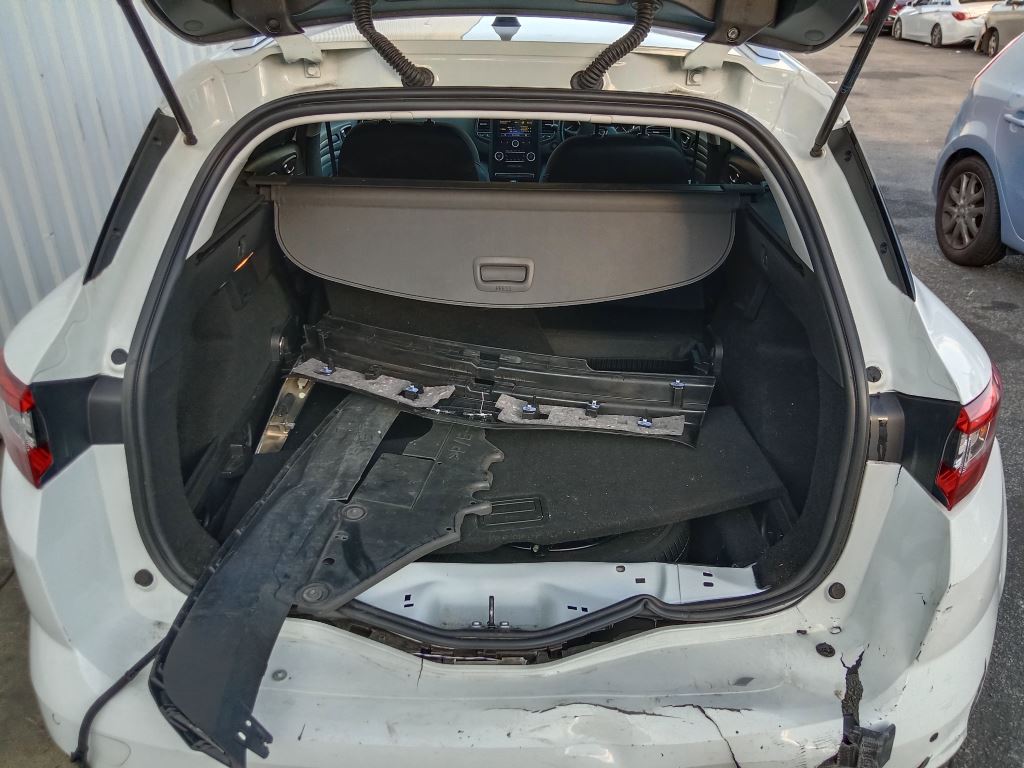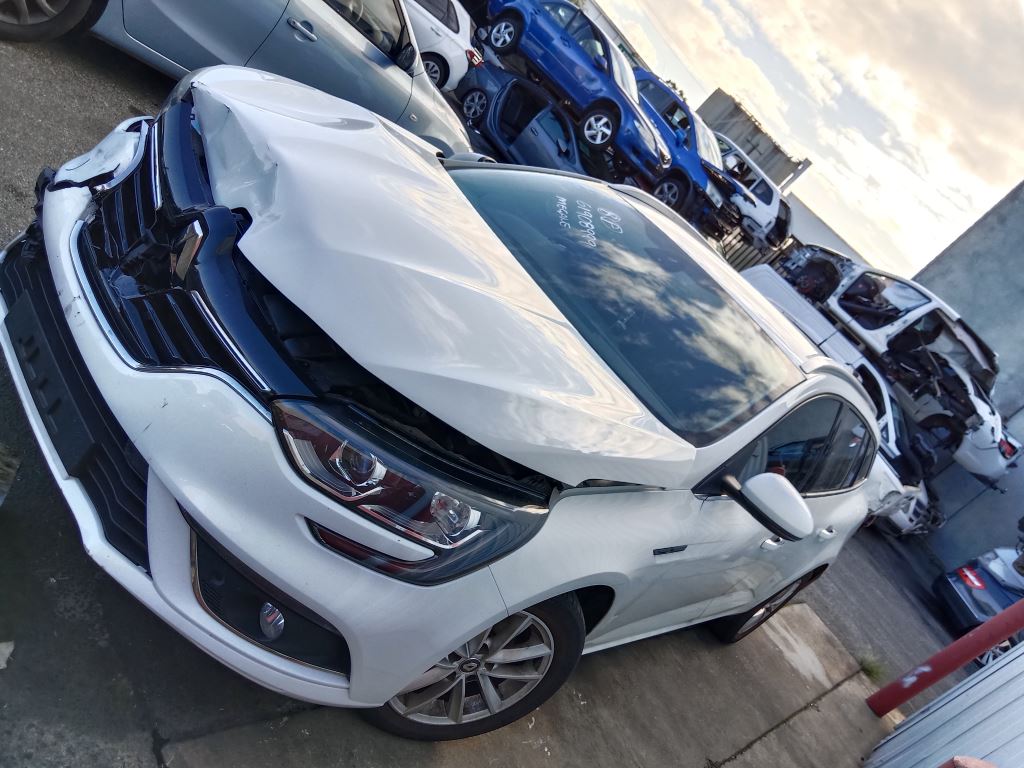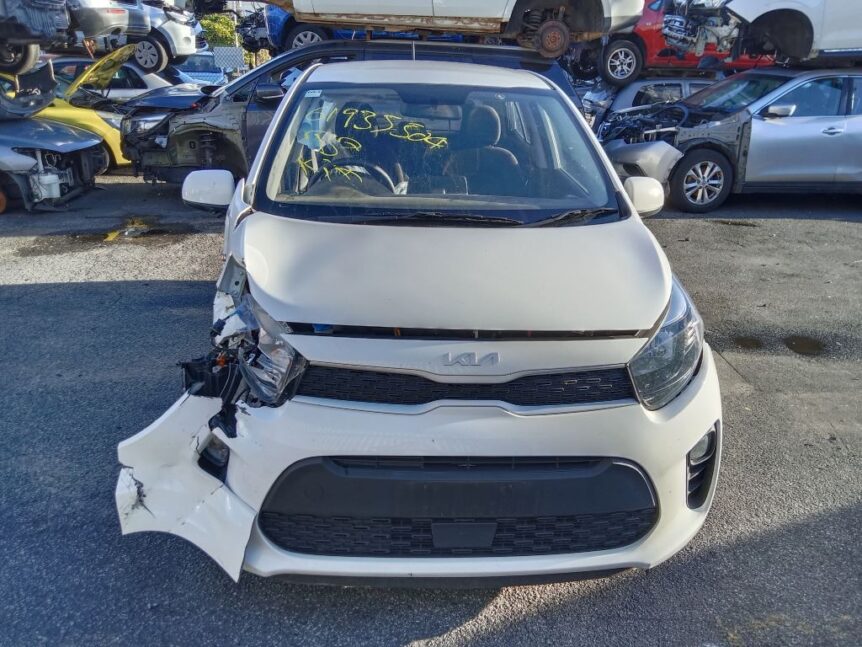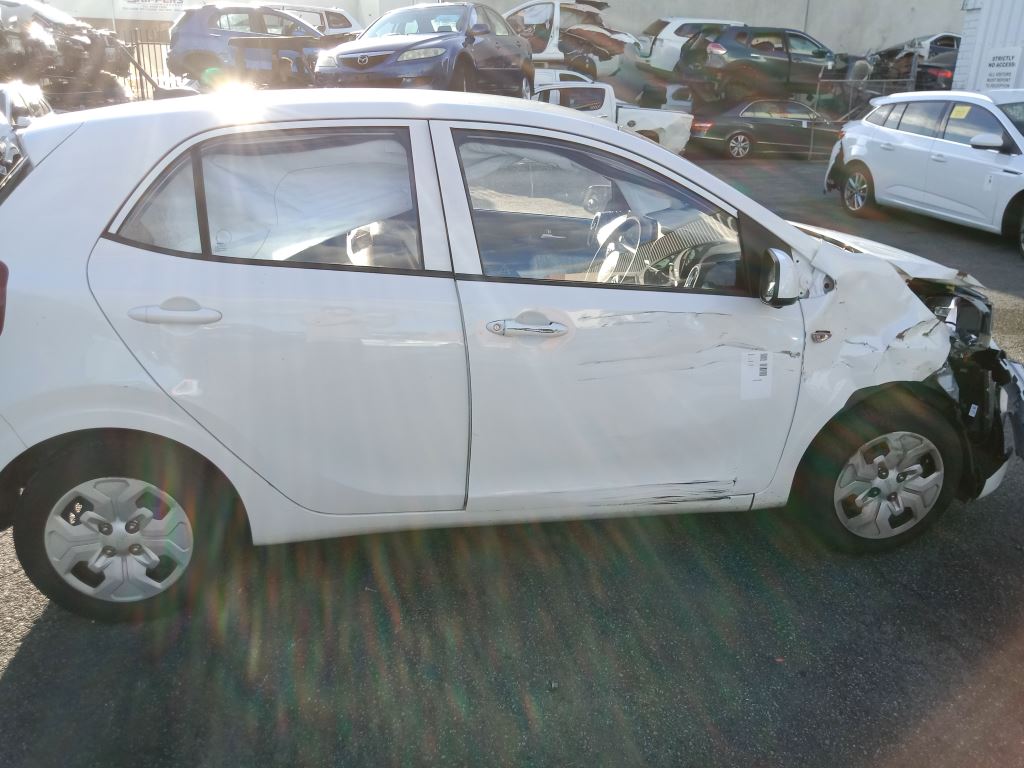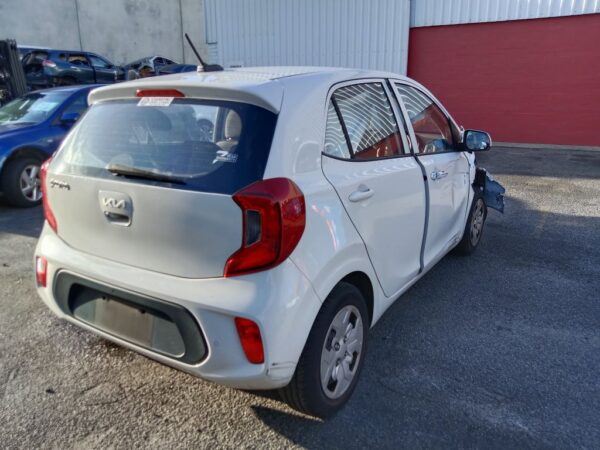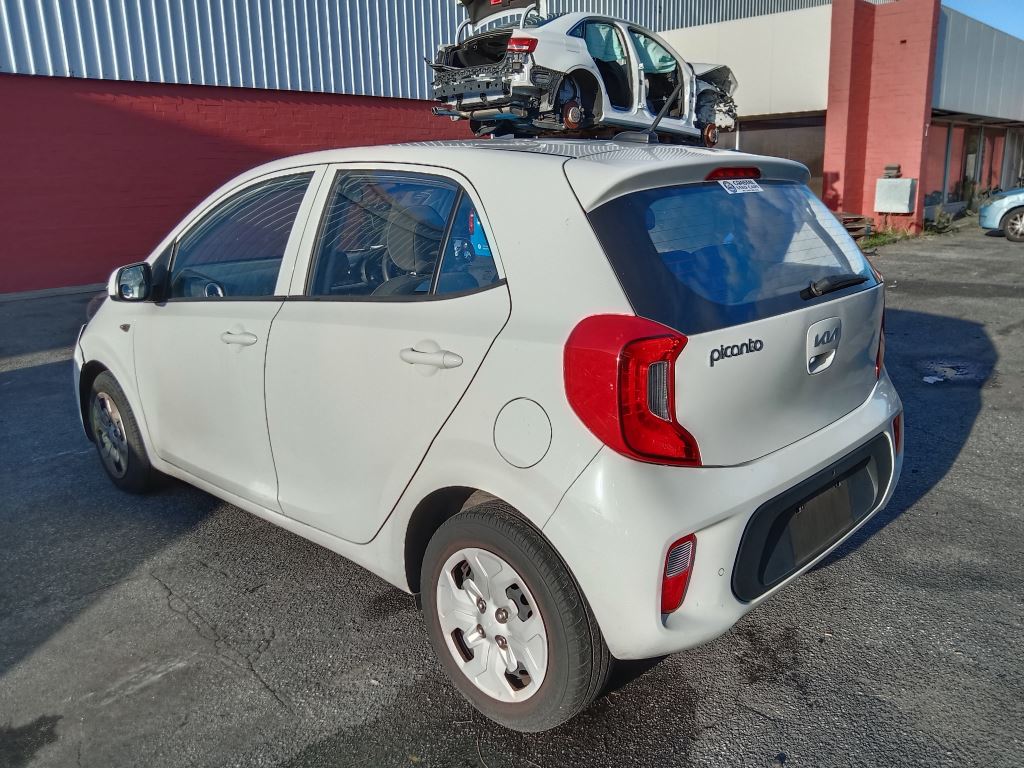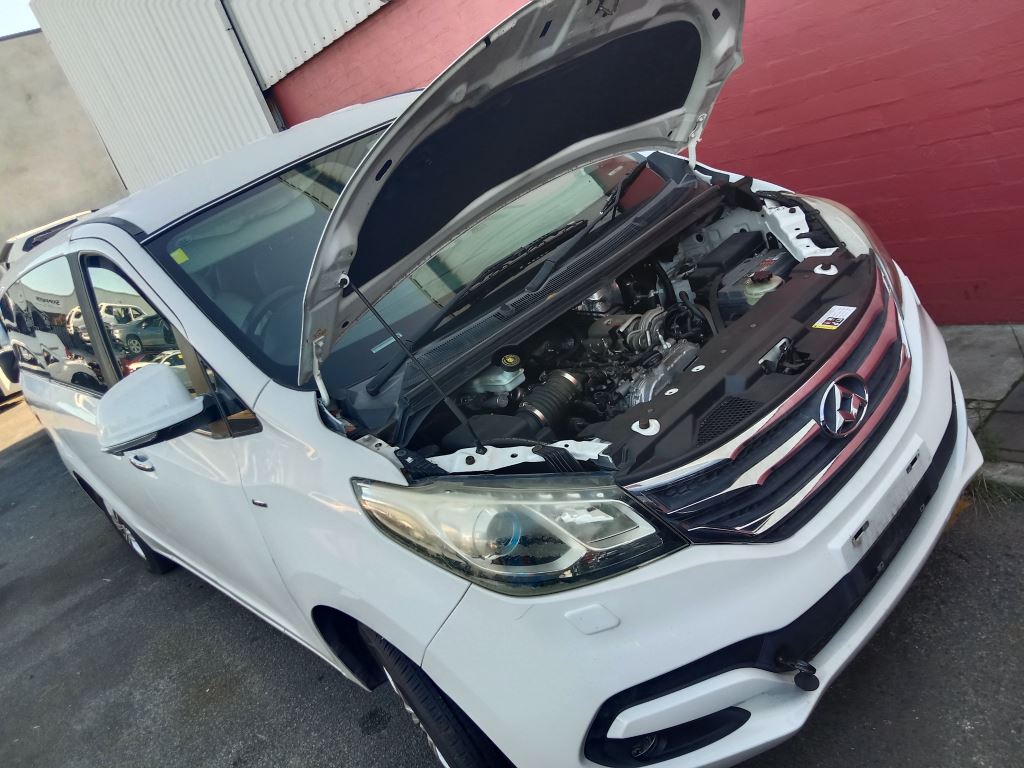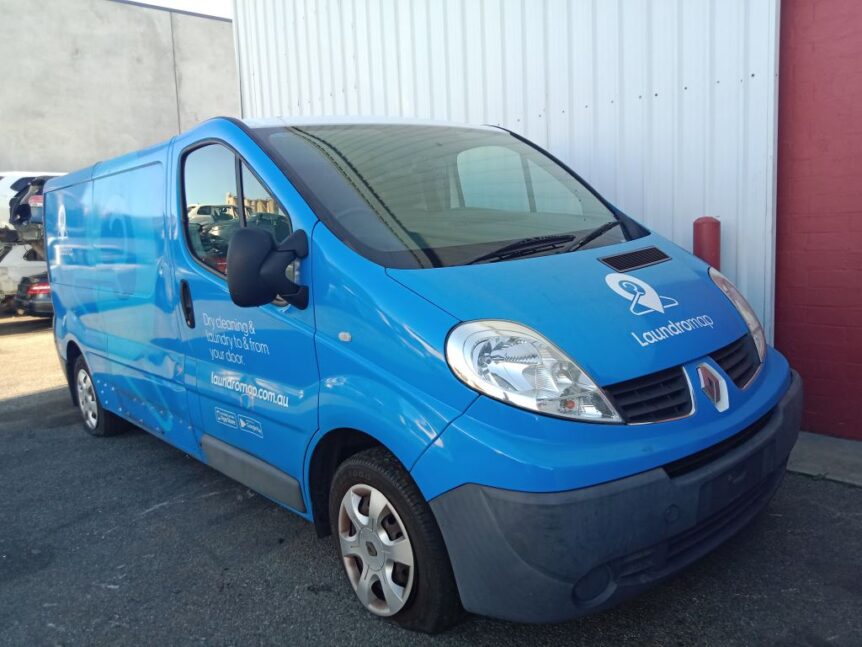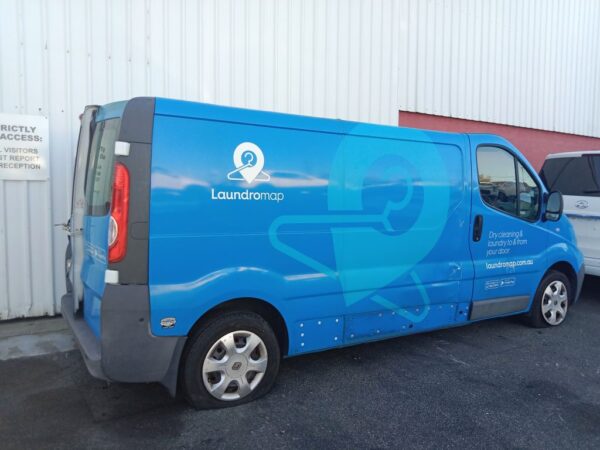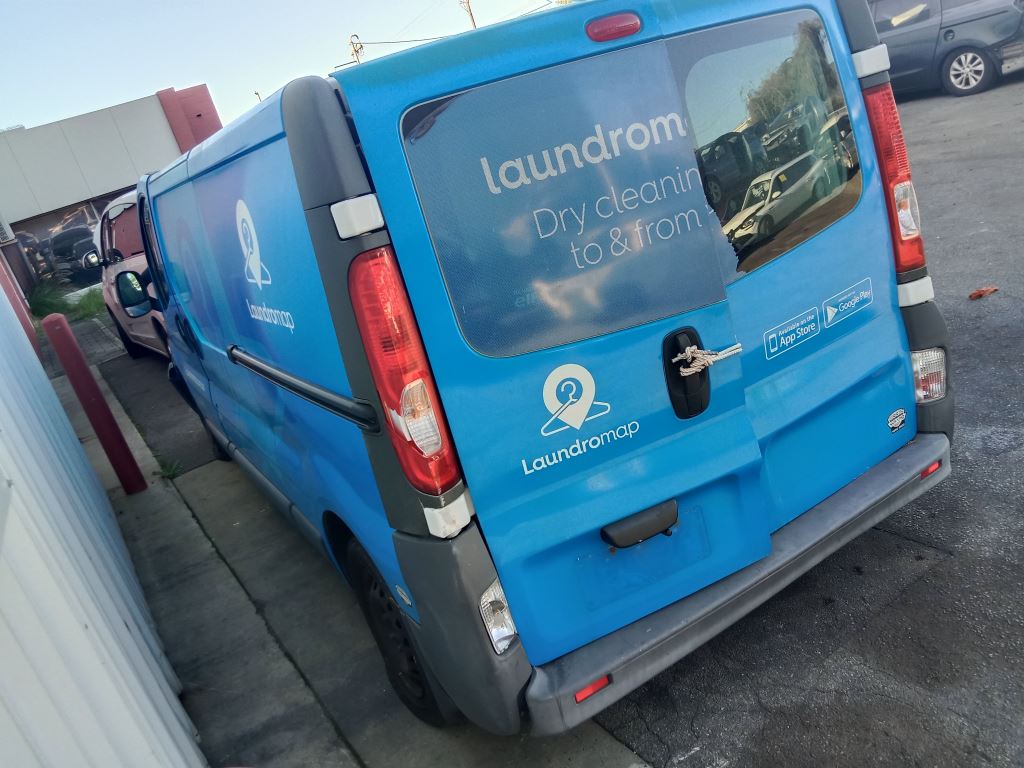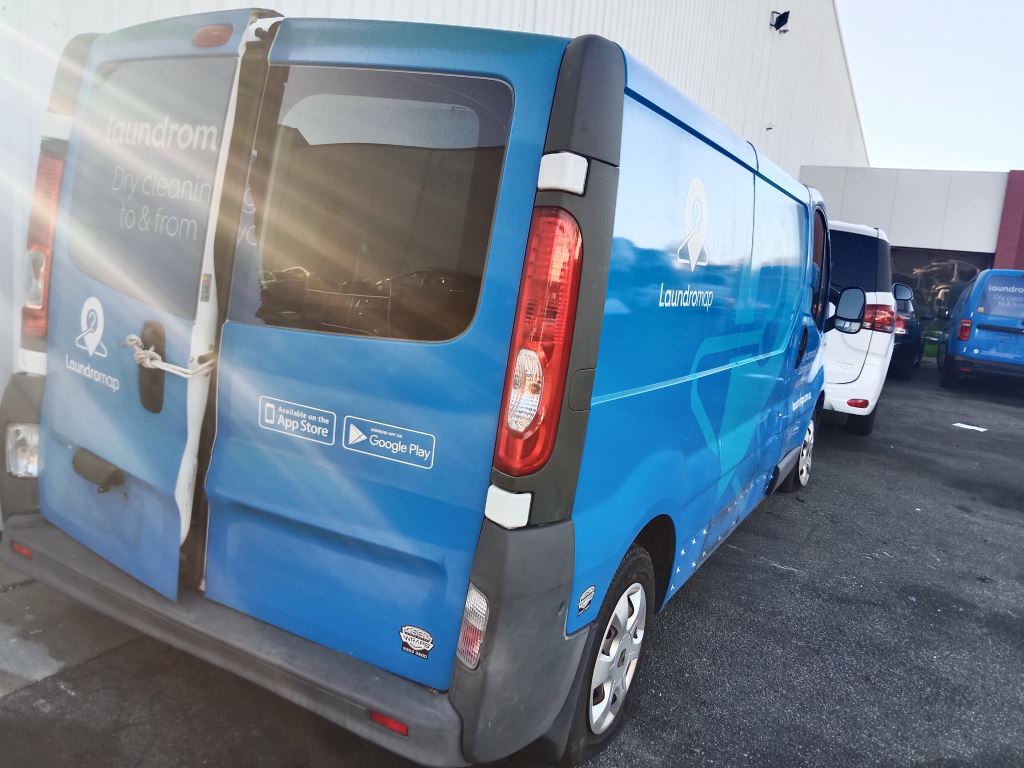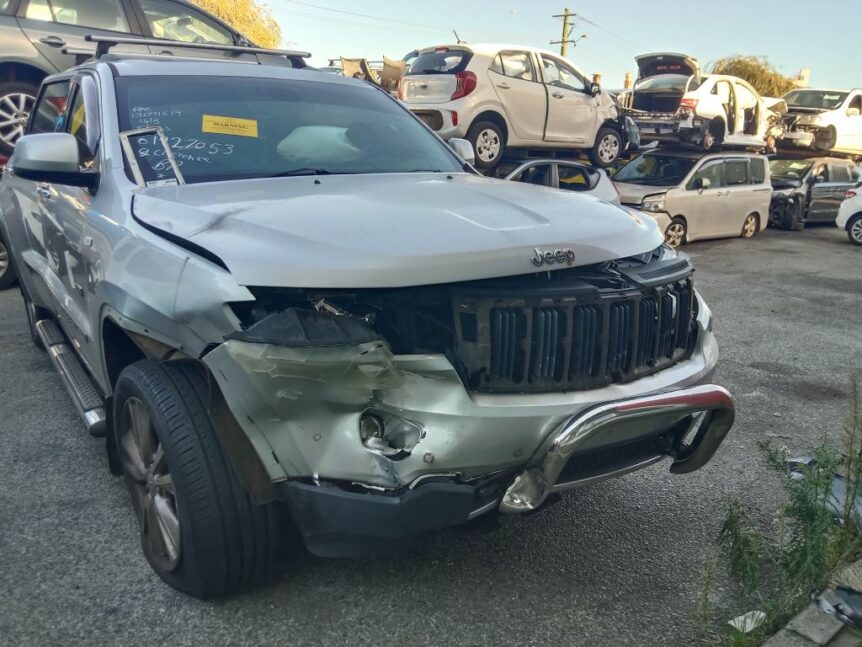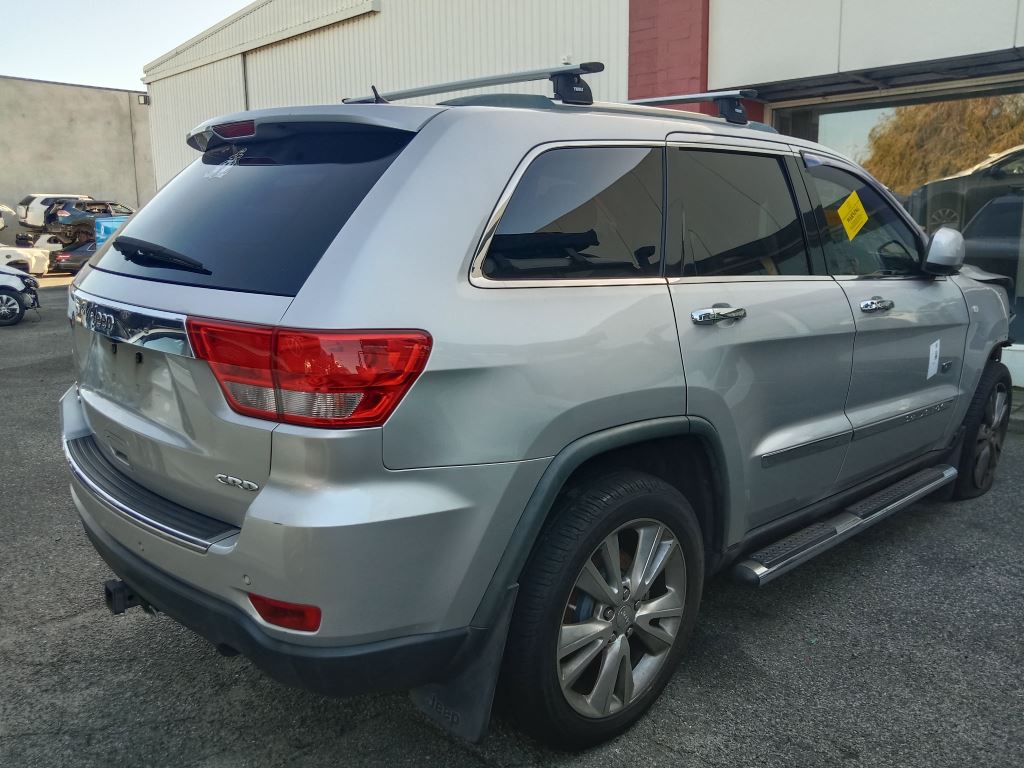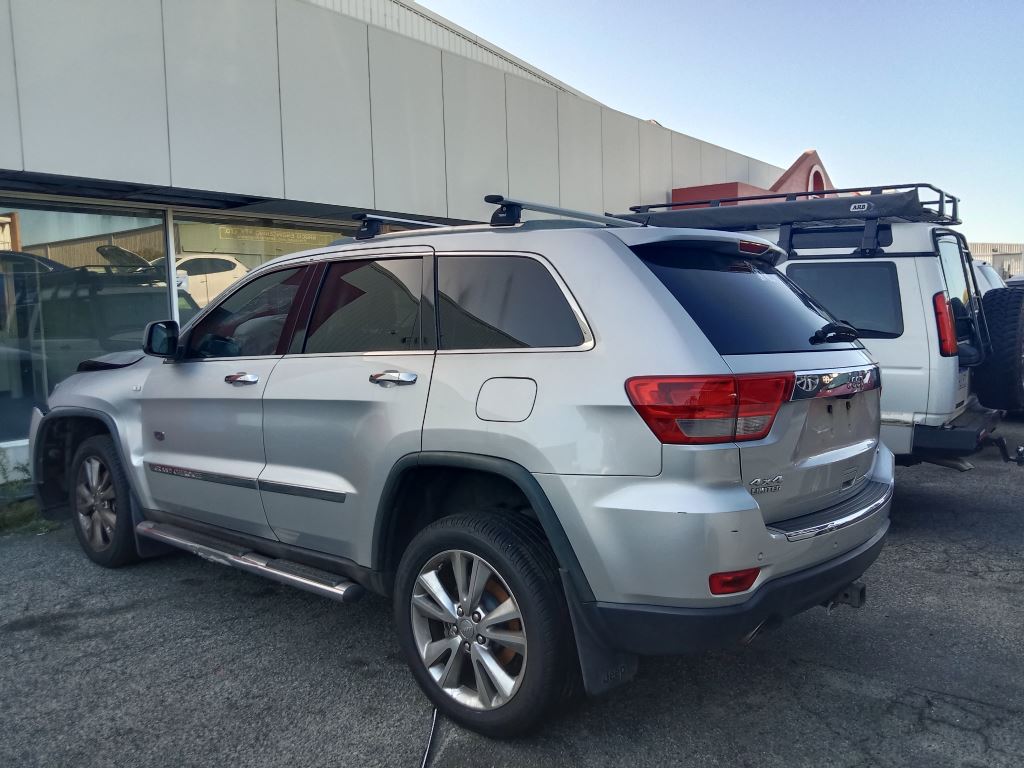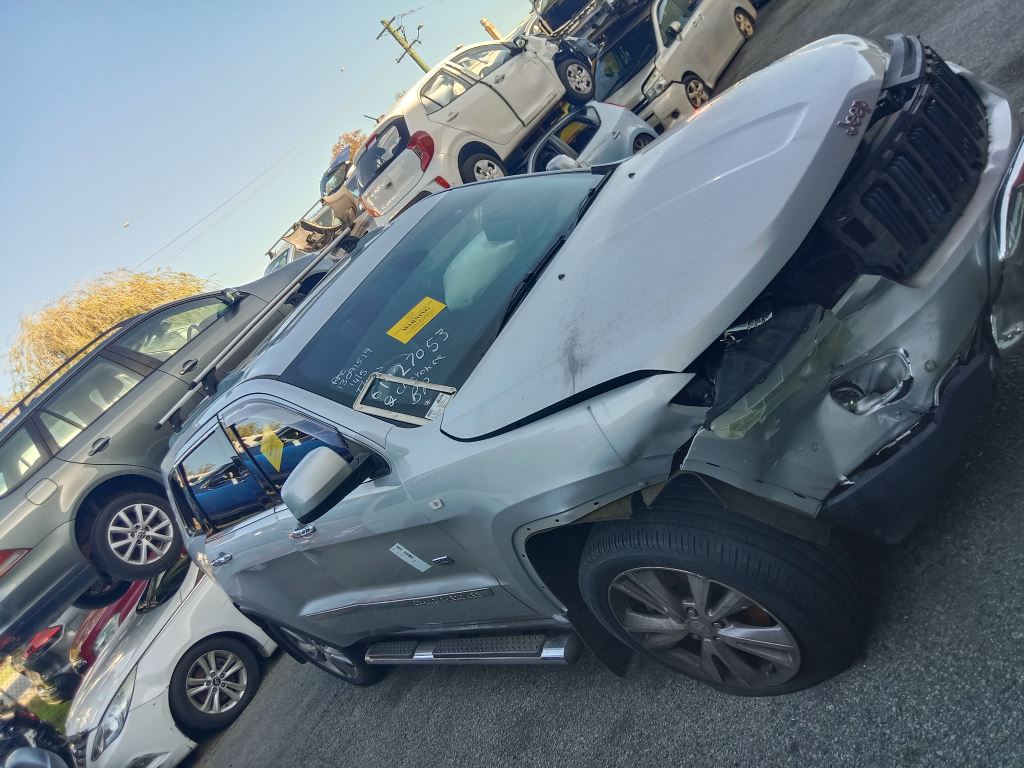Looking for reliable parts for your 2015 Mitsubishi ASX in black? At WA Auto Parts, we’ve got you covered! We specialize in providing high-quality, used car parts that won’t break your budget. Whether you’re handling minor fixes or major repairs, we offer a variety of parts to bring your vehicle back to peak condition. Call us today at (08) 9358 1392 to check for availability or learn more.
Why Consider Used Mitsubishi Parts?
When it comes to repairs or upgrades, opting for used parts can be a smart and practical choice. Here’s why:
- Cost-Effective: Enjoy savings of up to 50-70% compared to buying new parts.
- Quality Assured: Genuine parts from a 2015 Mitsubishi ASX ensure perfect compatibility and performance.
- Environmentally Friendly: Choosing recycled parts supports sustainability by reducing waste.
- Hard-to-Find Components: Certain parts, especially for older models, are more accessible at wreckers than at dealerships.
At WA Auto Parts, we thoroughly inspect each part to ensure it meets quality and safety standards, providing you peace of mind.
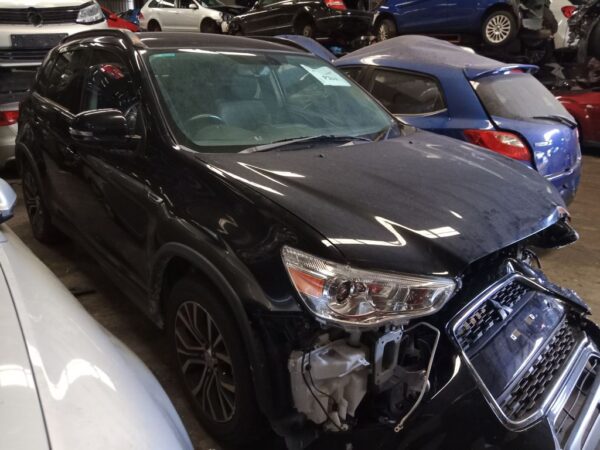
Available Parts for the 2015 Mitsubishi ASX
The Mitsubishi ASX is a versatile SUV known for its dependability and sleek design. If you’re looking to repair or refresh your vehicle, here’s what we currently stock:
1. Engine and Mechanical Components
The engine is the centerpiece of any car, and we stock a variety of mechanical parts suited for the 2015 Mitsubishi ASX:
- Complete engines (pricing varies depending on mileage and condition, $2,000–$4,000)
- Transmission systems (both manual and automatic, $1,500–$3,000)
- Radiators and cooling systems ($200–$400)
- Alternators and starter motors ($150–$300)
- Exhaust systems ($200–$500)
All mechanical parts are checked for functionality, ensuring your ASX remains reliable on the road.
2. Exterior and Body Parts
Whether you’re repairing accident damage or customizing your car, we offer a wide selection of exterior parts:
- Front and rear bumpers ($200–$500)
- Headlights and tail lights ($100–$300 per unit)
- Side mirrors ($120–$250, depending on manual or electric adjustment)
- Doors and panels ($300–$600 depending on condition)
- Grills and fenders ($150–$400)
Many of these parts are available in the original black paint color, potentially saving you the cost of a repaint.
3. Interior Components
Restore your vehicle’s cabin with our range of interior parts for the 2015 ASX:
- Seats and upholstery (front seats $300–$500 each, rear seats $400–$700)
- Steering wheels with airbags ($200–$400)
- Dashboard and center consoles ($150–$400)
- Floor mats and carpets ($80–$150)
- Sun visors and headliners ($50–$150)

Our interior parts can bring comfort and class back to your Mitsubishi ASX.
4. Electrical and Technology Components
Stay modern and secure with essential electrical components:
- Infotainment systems ($300–$700)
- Sensors and ECUs (Engine Control Units) ($100–$600)
- Power window mechanisms ($100–$250)
- Battery terminals and wiring harnesses ($50–$300)
We carefully test all electrical parts to ensure smooth operation for your vehicle.
5. Suspension and Brake Systems
Prioritize safety with a selection of high-quality suspension and braking parts:
- Brake calipers, pads, and discs ($50–$200 per component)
- Shock absorbers and struts ($100–$300 per unit)
- Control arms and bushings ($150–$400)
- Steering racks and tie rods ($200–$500)
Our suspension and brake systems allow for a smooth and secure driving experience.
Why Choose WA Auto Parts?
Choosing WA Auto Parts for your Mitsubishi ASX 2015 needs means getting more than just auto parts. Here’s what sets us apart:
- 30-Day Warranty: Most parts come with a 30-day warranty for added peace of mind.
- Quality Testing: All parts are rigorously tested and inspected.
- Affordable Prices: Save money without sacrificing quality.
- Expert Assistance: Our team is here to guide you to the right parts for your vehicle.
We clearly label each part with its condition, so you know exactly what to expect.
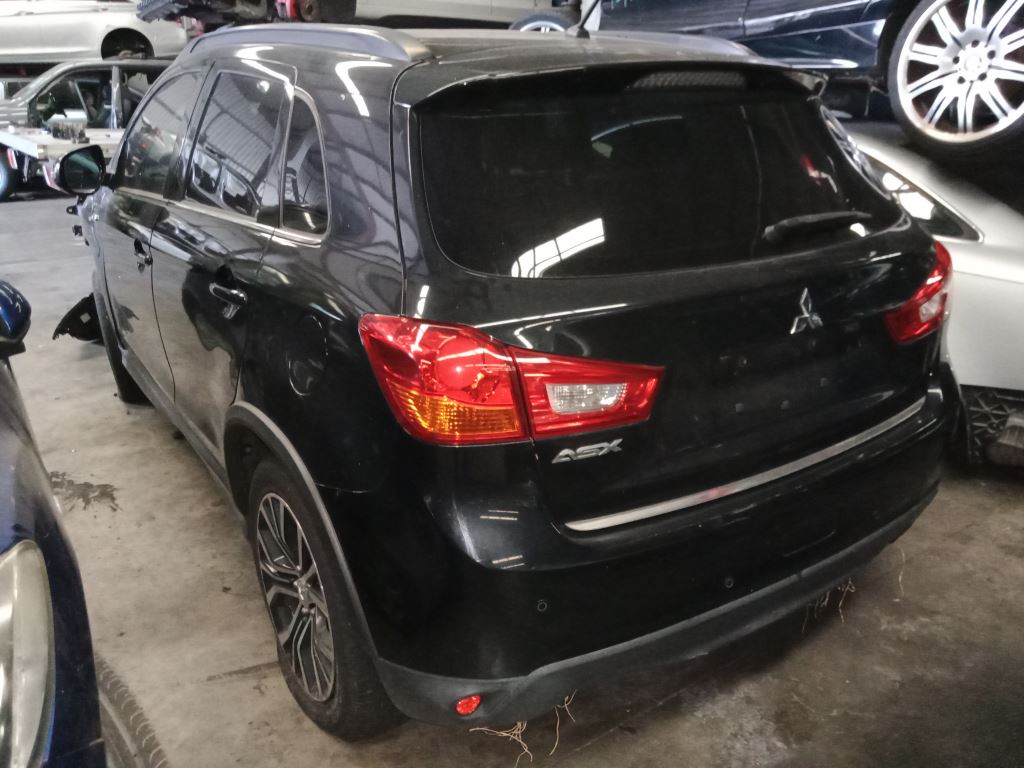
Need Help? Here’s How to Get Started
Interested in any of the parts we offer? It’s easy to get started! Simply give us a call at (08) 9358 1392, and our knowledgeable team will guide you through the process. If you’re in Perth or surrounding areas, visit us in person to explore our inventory and find exactly what you need.
Final Thoughts
Maintaining or restoring your Mitsubishi ASX 2015 shouldn’t cost a fortune. At WA Auto Parts, we make finding affordable, high-quality parts simple and stress-free. From mechanical components to bodywork and electronics, we’ve got the parts you need to keep your vehicle running smoothly.
Call us today at (08) 9358 1392 to discuss your needs or check current stock. Take advantage of affordable prices, expert advice, and quality service at WA Auto Parts!




